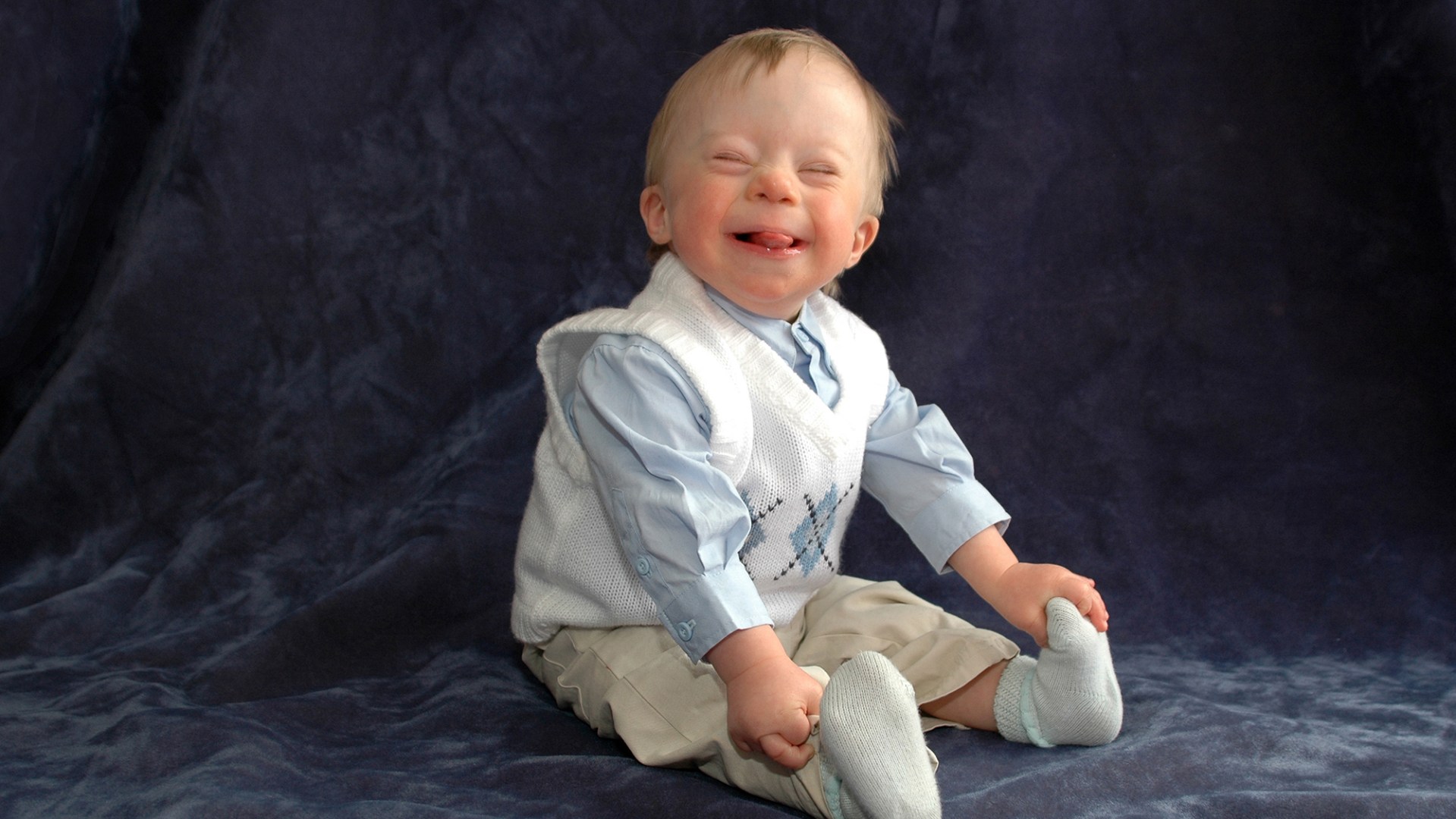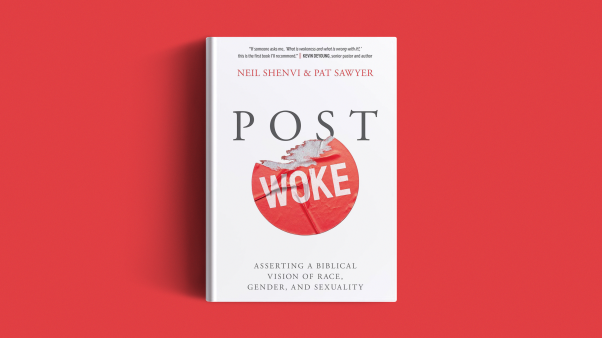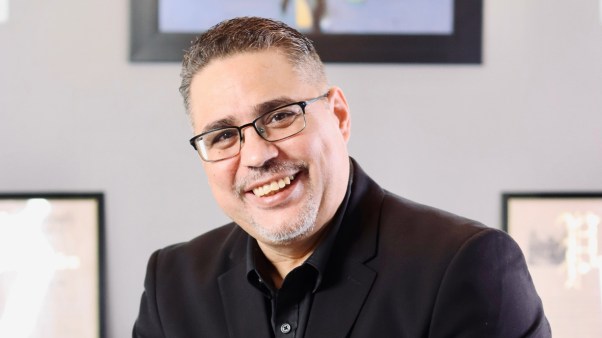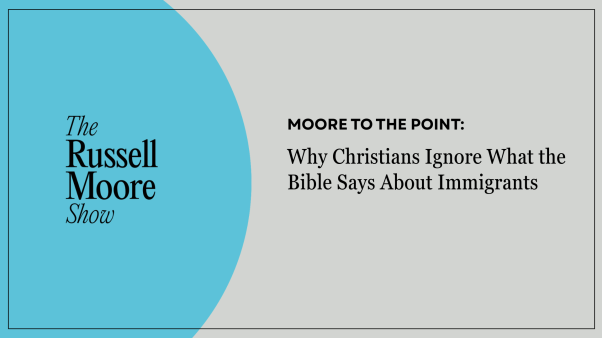For the majority of my theologically trained life, my ideas of what it meant to bear the image of God were quite conventional—easy inheritances from systematic theologies or books. We can love because God is love. We have the capability to reason; God is the one in whom no irrationality is found. Our personhood originates in God’s being a person. We exercise will; God is volitional. We’re creative; our God is the Prime Creator. We are creatures of language; God is Logos, the God who speaks.
Our most foundational doctrines are often the ones we build most shabbily on. But the basics were there. That we are made in the image of God is the doctrinal tenet by which Christians understand what it means to be human. Marshaling the claim from Genesis 1:27 that “God created mankind in his own image, in the image of God he created them,” supported by the weight of the New Testament (see 1 Cor. 11:7, Eph. 4:24, James 3:9), Christ followers maintain that every person bears the imago Dei.
Then I met my son Augustus, who was born with Down syndrome. Gus overturned the assumptions of my theology.
Looking at versus Looking Along
Until then, to my mind, intelligence, rationality, and language were measured against a standard of competency. Those most capable of demonstrating these characteristics best bore the image of God.
But Gus, with his protruding tongue, floppy frame, and inarticulate attempts to speak, posed new questions. What about those who would never reason or speak at an exemplary level? How do people with Down syndrome—how would my boy—carry the imago Dei? Looking at the image of God solely through the steely eyes of doctrine had left me with a sort of astigmatism. Life had now offered me the corrective of experience.
In his essay “Meditation in a Tool Shed,” C. S. Lewis draws a profound lesson from a plain event that will help me find the right language to explain my new perspective. Lewis noticed, when standing in a dark shed, a beam of light shining in through the door. Initially, he looked at the beam. It shone in stark contrast against the dark. Then he moved so that the beam shone directly in his eyes. By looking along the beam, he saw the green world just outside and the very origin of the beam, the sun. “Looking along the beam, and looking at the beam are very different experiences,” Lewis notes.
This ordinary experience gets Lewis thinking about the ways in which we try to understand a matter. He points out that an enlightened culture will assume that the way to understand something is to look at it. We’ll theorize. We’ll analyze. We’ll objectify. If we want to understand love, we don’t go to lovers, but to the psychologists for whom love is the topic of a peer-reviewed paper. If we want to understand religion, we ignore the experience of the religious person for an anthropologist’s opinion.
Yet, while the knowledge we gather from looking at a thing is valuable, it isn’t the kind of knowing truest to our experiences. Without experience of something, our understanding of it is incomplete. We best understand love when we are in it. We know religious experiences because we have them. This experiential knowledge is akin to looking along, not merely at, the beam.
Now what I saw by looking along my experience with Gus was something I never just saw by looking at him. Looking at him, that is to say, analyzing him, I could easily slip into surveying measurable markers of the imago Dei. His delayed cognitive development and his lagging expressive understanding disturbed my provincial appraisal of what the divine image should look like. But in looking along the beam of my experience with Gus, I saw more. I saw innocence.
What Innocence Is and Isn’t
Biblically, God’s innocence is testified to by his sinlessness, his holiness, his total lack of experiential knowledge of evil (Lev. 11:44–47; Isa. 6:1–13; 1 Pet. 2:22; James 1:13). We could go so far as to say that God is utterly incompetent in sin.
Our human experience can never quite match this. In human experience, innocence means guilelessness. It’s a simplicity that comes from a lack of knowledge or understanding, resulting in a harmless naiveté that precludes any exercise of cunning. In the case of those with Down syndrome, innocence exists because of an absence of shameful competence. They’re naïve to the malevolence and immorality that the rest of us can’t transcend.
I’m not saying that people with Down syndrome aren’t fallen. I believe every son of Adam and daughter of Eve, regardless of chromosomal count, is born in sin. A genetic condition doesn't negate a spiritual state. But sin manifests itself differently in the lives of those with Trisomy 21.
The longer I looked along the beam of my experience with Down syndrome, the more I realized that my propensity for sin was enhanced by an intellect, cunning, and premeditation wonderfully absent in my brothers and sisters who have it. People with Down syndrome neither understand nor practice malice, greed, jealousy, or deception the way others do. They speak out of an unmasked honesty. They love without the pretentious and self-protective impairments that taint our relationships.
The Imago Dei in Gus
People with Down syndrome carry the image of God in guileless hearts. It’s not in their nature to walk in step with the wicked, stand in the way of sinners, or sit in the seat of mockers.
I rarely see Gus’s kind of innocence anywhere else. But looking along my son’s special need, the imago fills my field of vision. When Gus is excited, he waves his arms in an undignified ceremony of freedom. If his brother or his sisters take a toy from him, Gus repays the gesture with bright-eyed acceptance. He’s happy for his siblings to be happy with that thing he desired just a moment ago. There is no negotiation in his needs; he shares them without apology. He squeals in unembarrassed joy when I approach, cries in full-hearted need when I walk away, and still trusts that even absence must be an act of goodwill.
These attributes of innocence have less to do with what those with Down syndrome can or cannot do, and more to do with who they are. This is what I learned by “looking along the beam,” as Lewis suggests. Looking at Gus, I first saw all those competencies I once tethered the image of God to. But innocence isn’t competency. It’s an incompetency in matters of vice. It’s an embodiment—often enfleshed with stubby hands, almond eyes, and shameless smile—of divine simplicity.
Trisomy 21 is a beam we’ve looked at for some time. But it’s looking along it, stepping into the light of the innocence that is somehow mysteriously part of it, that will most completely bring the imago Dei into focus.
Corey Latta is the author of C. S. Lewis and the Art of Writing and the forthcoming Serve the Work: Reflections on Christ and the Artist’s Life. Corey and his wife, Jennifer, live in Memphis with their four children, Justice, London, Emma Jane, and Gus.









